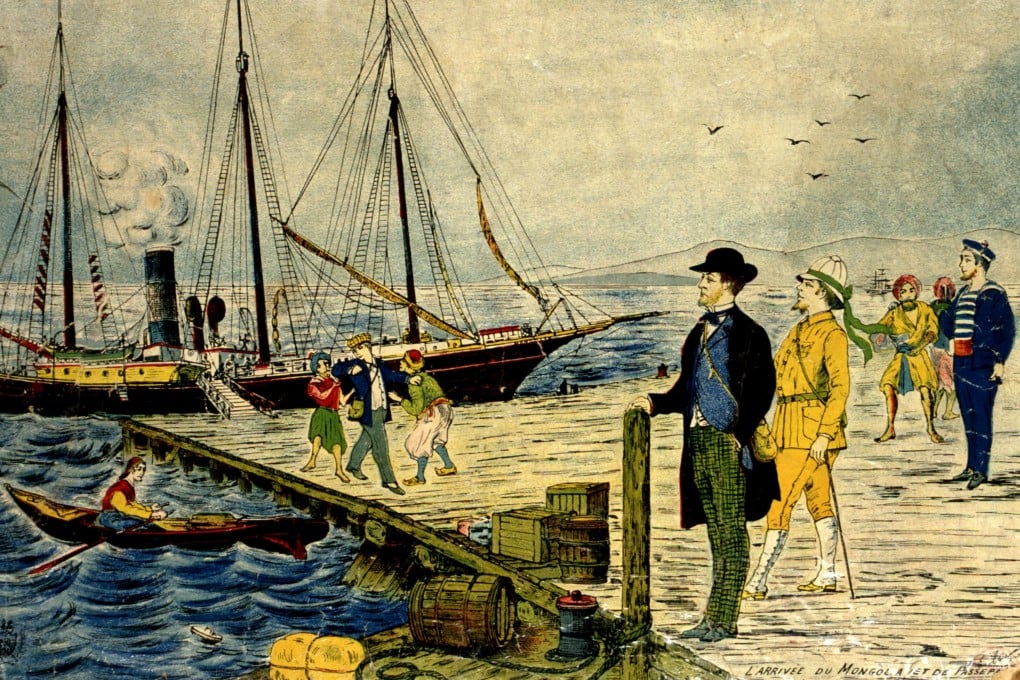Around the world in 2019 – following in Phileas Fogg’s footsteps
- Jules Verne’s intrepid Victorian traveller accepted a bet to circumnavigate the globe in 80 days or less
- While some of the route would be impassable today, modern travel has made a span of the planet possible in a mere 53 hours

On November 6, 1872, Phileas Fogg arrived in Hong Kong aboard the steamship Rangoon. The English gentleman’s stay was a brief one, however, as he was hurrying to Yokohama, San Francisco, New York and, finally, London.
Jules Verne’s Victorian page turner, Around the World in 80 Days, begins in London’s Reform Club, where Fogg accepts a bet to circumnavigate the globe in “80 days or less”. Although Fogg was fictional, there had never been a better time to take on such a challenge.
Had Verne attempted to tell the story a century earlier, the expedition would have taken more than two years, but technological advances and improved transport infrastructure were slashing journey times. The Suez Canal had recently opened, new railways spanned the Indian subcontinent and a transcontinental railroad linking the east and west coasts of America was operational by 1869. Belt and Road 1.0, let’s call it.
Fogg was an ecotourist without realising it. Today it’s possible to fly around the world on scheduled flights in a carbon- squandering 53 hours, but civil wars, modern-day piracy and the demise of shipping as a form of transport make it impossible to faithfully follow Fogg’s low-emissions route – even for Greta Thunberg.
London to Suez
